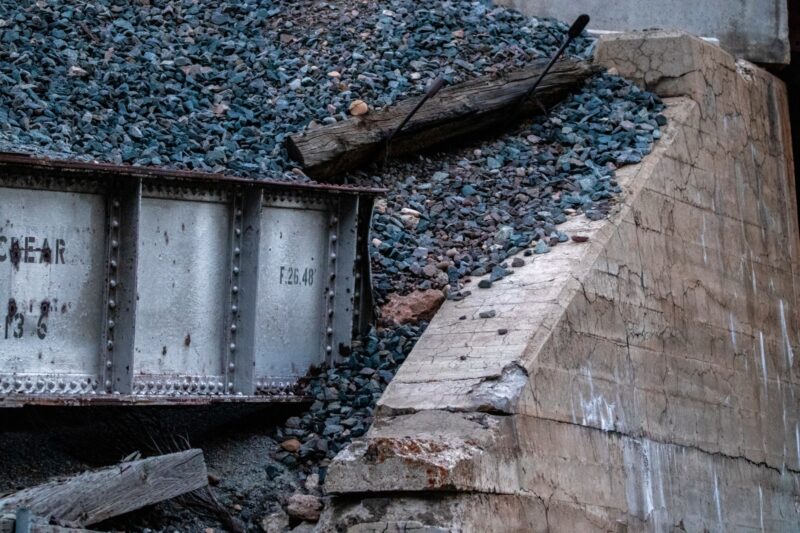Coal and LNG emissions could break proposed Safeguard Mechanism
Share

The report, commissioned by Solutions for Climate Australia, found the government appears to have substantially underestimated the projected emissions from existing coal mines and liquefied natural gas (LNG) production – and committed and publicly-announced expansions, and new mines – and the consequent need for offsets under the SGM.
The government’s projected emissions for the LNG industry shows only a 20% rise by 2030. But the Climate Analytics figures based on a detailed bottom-up analysis show an increase of 36% from 2021 levels by 2030. For coal mine emissions, the government projects a 10% decline in emissions by 2030, but the Climate Analytics figures show a rise of between 23% to 116% over the same period.
The report found that emissions from existing and committed LNG projects and all committed – and publicly announced expansions of – coal projects would lead to emissions amounting to 83-112 million tonnes of carbon dioxide equivalent (MtCO2e) per year in 2030. This upper range would bring it to well over the 100 MtCO2e baseline target set for all facilities under the proposed reform of the Safeguard Mechanism.
While coal and LNG make up around half of Safeguard Mechanism facilities, their emissions alone would leave no room for other industries in the scheme, who would find themselves having to make additional steeper cuts to keep to the government’s set 100 MtCO2e limit.
“The government appears to have significantly underestimated the likely emissions from LNG and coal by 2030, and our projections show these are set to soar,” said Bill Hare, CEO of Climate Analytics.
“Because the government has set no limit on the amount of carbon offsets industry is allowed to use, there will be a free-for-all for these credits by the LNG and coal industry.”
“The Safeguard Mechanism will therefore not work to drive emissions down as it’s supposed to, particularly given the integrity issues found to be widespread within Australia’s offset scheme by independent experts.”
The report finds that emissions from the LNG and coal industry would continue to increase by 2030 and this will be driven by unlimited availability of cheap carbon offsets. There is a significant chance this availability will also enable new gas and coal developments that do not presently exist.
The report calculates the cumulative abatement gap from current and committed or announced coal and LNG production. If these industries try to meet their abatement task using Australian Carbon Credit Units (ACCUs), this would add up to a range of 73-259 million tonnes of ACCUs.
But even the lowest scenario for pollution- requiring 73 million tonnes of offsets – is almost double the government’s projected 20% of ACCUs required by all SGM facilities in 2030, if extrapolated across the entire duration of the scheme. The worst case – requiring 259 million tonnes of offsets– is double the entire number of ACCUs generated to date.
“We need to make sure that the necessary reforms to reduce climate pollution from industry won’t be distorted or wrecked by the ever-expanding coal and gas industry. We need to ensure that the costs and burden of their climate pollution isn’t going to be carried by other sectors of industry,” said Director of Solutions for Climate Australia, Dr. Barry Traill.











